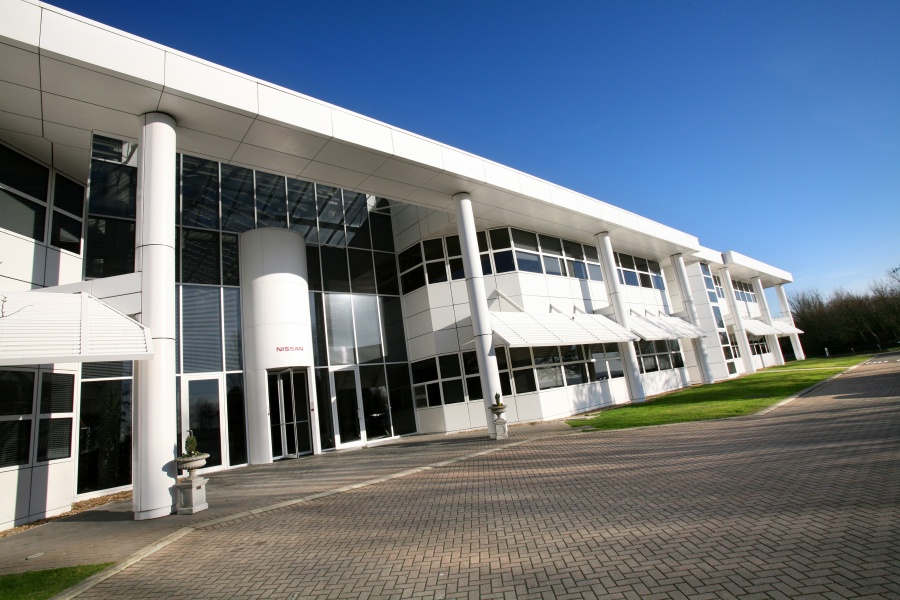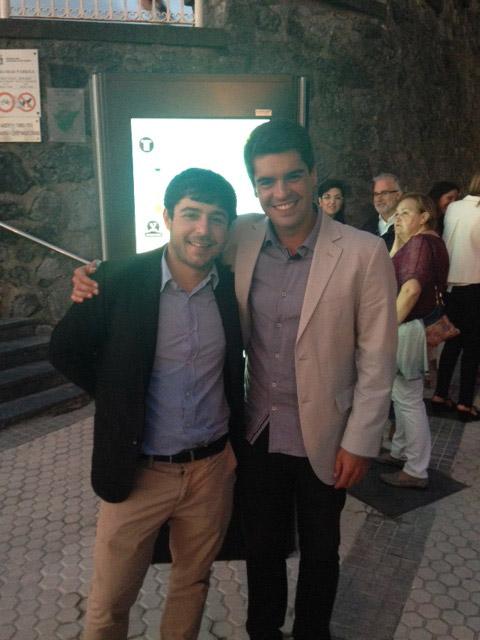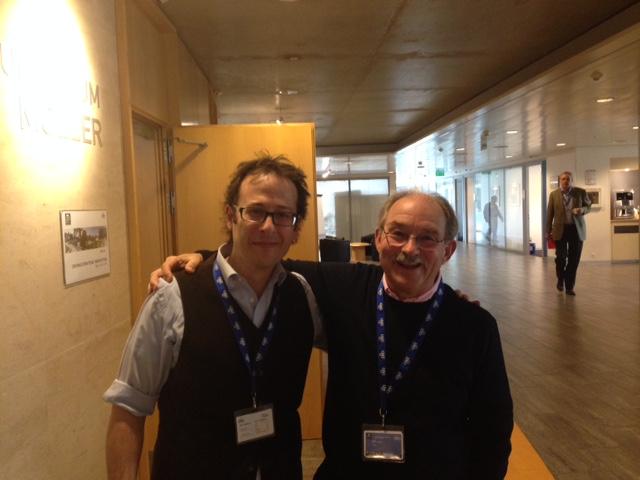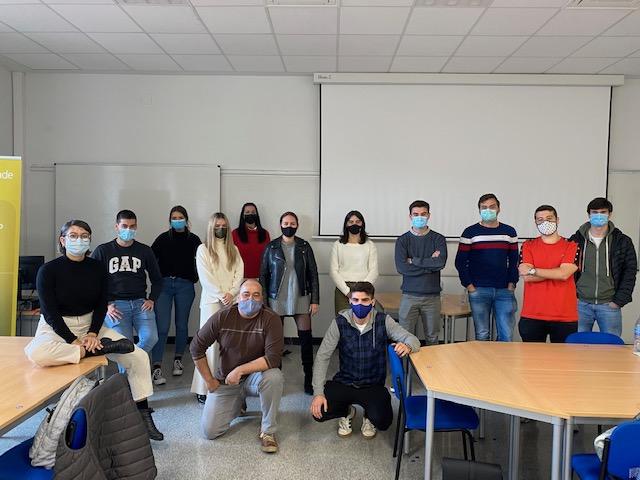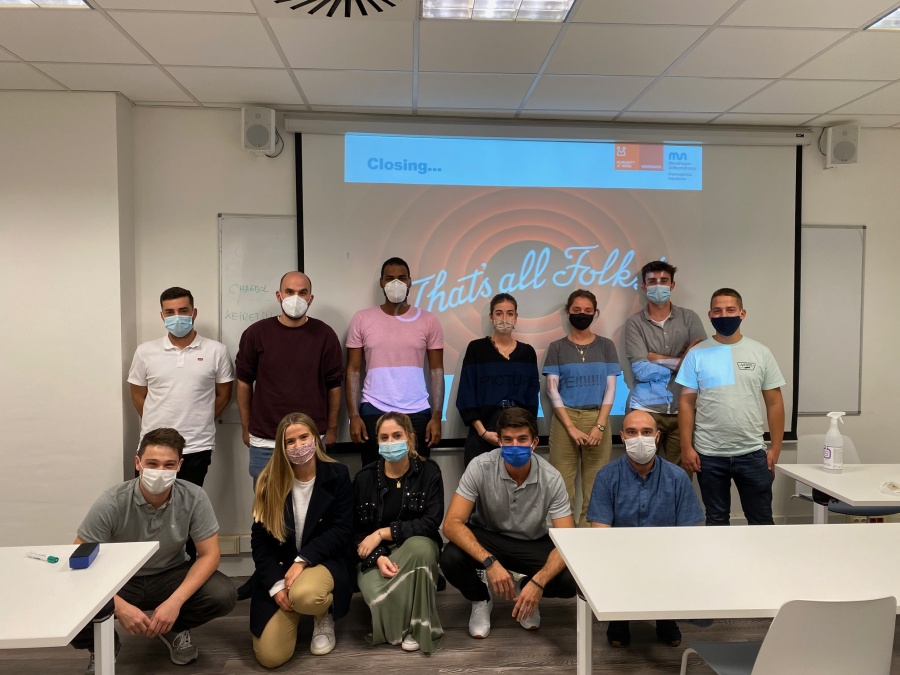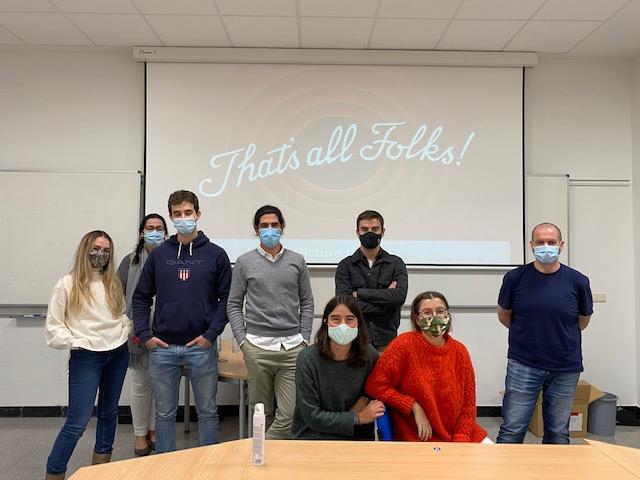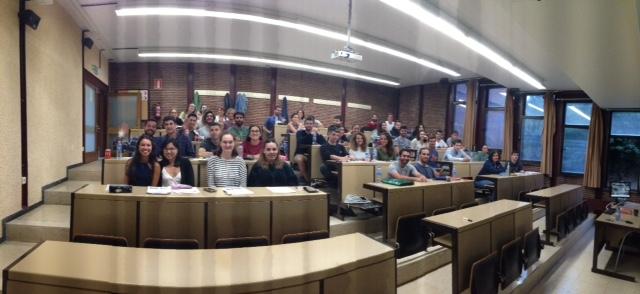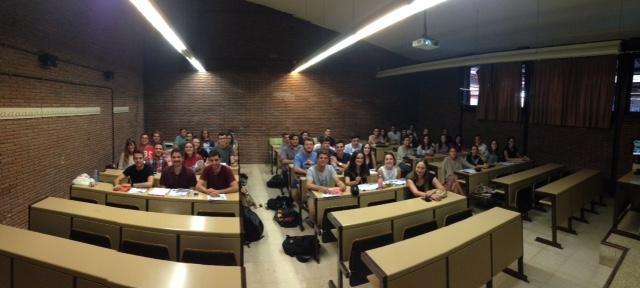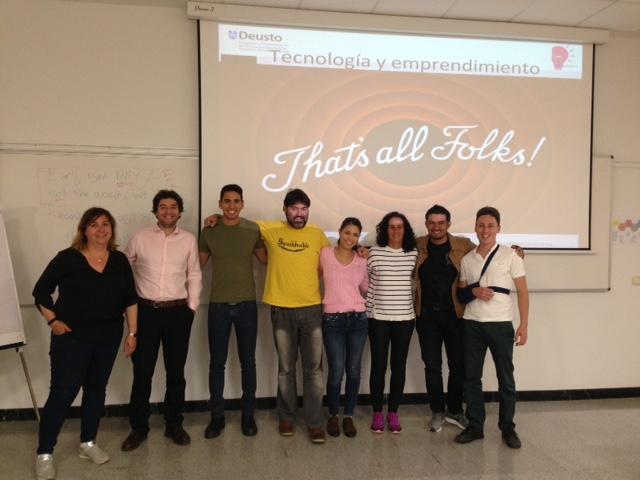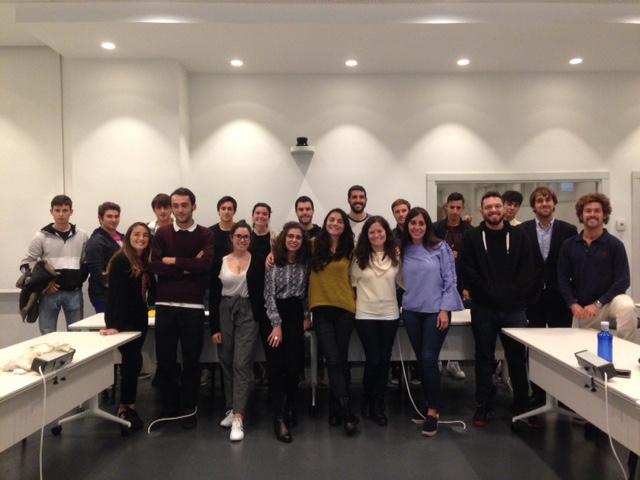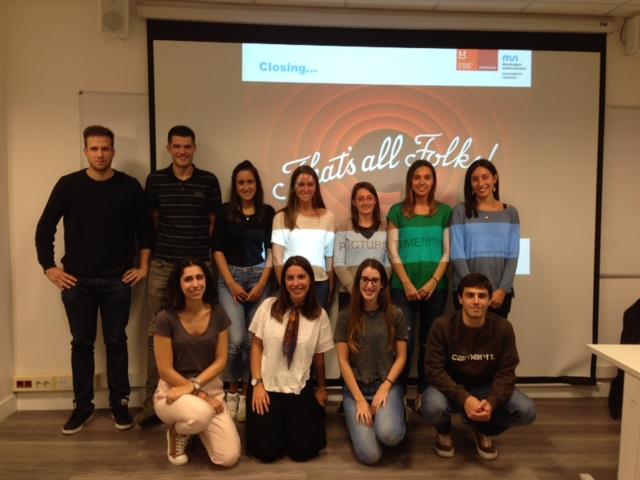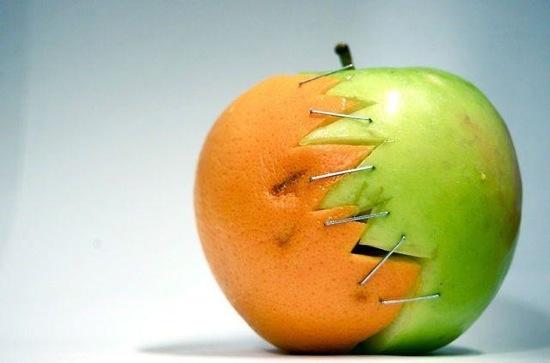Jun
13
2016
- By German Anitua Azkarate
- Rating:( 3047 votes )



How to improve the productivity of your innovation
Due to certain specific features several countries across the globe are constituted by companies that in the majority of their cases are linked to work business processes more than the generation of solutions through the development of their own final product.
There are a number of management tools and strategies that can improve or optimise existing business processes. Some of these techniques like Six Sigma and Lean have demonstrated quite powerful results in improving effectiveness and eliminating waste and inefficiency in existing processes. However, many of these tools while improving effectiveness in the short run, also unintentionally reinforce the existing operating model, leaving no room for innovation; what is understood as the innovation paradox.
In addition to this, and despite the fact that most new countries in this issue of innovation are already working on it for at least 10 years or so, the concept of the innovation paradox has not been yet fully understood. The direct effect of so many resources and effort dedicated to this has led us today to the existence of a large group of companies that are in a comfortable numb state; a state referred to as "the limbo of innovation®".
The company arrive at this state precisely as a result of having received the impact of these two types of effect. On the one hand, the "Russian doll effect" and on the other hand, the "relatively predictable innovation effect". These two types of effects as well as others of similar consequences could be grouped under the category named as the "Sie" (Sweet Innovation Effect®).
All those methodologies and working methods, in assistance to the innovation, constructed on the basis of these tools on which a single technique is applied, and all those methods on which a single choreography is applied are the type of "the consultants´ tools" I gather under the “SIE” category.
This type of "tools" are like the sugar to the blood, initially and instantly represent a stimulating effect for the senses, filling us with a sense of illusion and positivism; but as the deeper the work advances, the more the organisation will feel the absence of a global perspective, thus the intensity will be lost exponentially.
To get away from these effects coined under the SIE category, the elements that should be taken into account make towards any action linked to innovation must be the following:
(i) Persons (ii) capacity/skill of (iii) putting in practice (iv) new ideas (v) that generate value (vi) and (vii) ensure the capture of (viii) a "share" representative of the value (ix) that will make the return on the initial investment more than acceptable.
However, due to the singularity of the nature of the skills of each company, no two companies will innovate or to benefit from the effects of innovation in the same way.
Something completely opposite to what was mentioned at the beginning of this text, it is what comes to refer to all those methodologies and working methods in support of innovation constructed on the basis of the precise knowledge of a number of tools on which the expert "is aware under the criteria of rigor" which of the possible techniques apply; as well as the capacity to alter the choreography of these tools/techniques reconfiguring the application of the method to the particular evolution of each company. This type of practice is that we grouped under our category called "ChIE" (CarboHydrates Innovation effect®). The practices grouped under this category are allowed to achieve in the companies an effect opposite to that achieved after applying practices grouped under the so called "SIE" category.
The effect of the practices grouped under category "ChIE" provide a not so exciting stimulating effect immediately, but rather a stimulating "in crescendo" effect the deeper it goes into the work to be deployed.

Rate this post:




